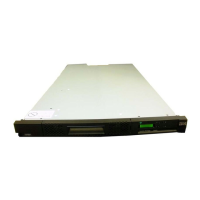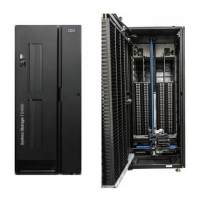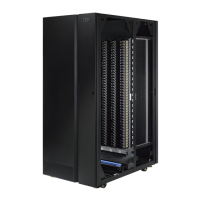Note: This is only necessary if you have subordinate storage units in your
Global Mirror session.
2.
Create fibre-channel paths between:
v All Global Copy source and target pairs
v Master and subordinate storage units
3.
Create Global Copy pairs from the local storage units to the recovery storage
units.
Note: The Global Copy source volumes are not active in the Global Mirror
session until they have completed the first pass of their initial copy.
4. Create FlashCopy relationships at the recovery site between the Global Copy
secondary volumes and the FlashCopy target volumes. Select all of the
following options:
Enable Change Recording
Select this option to activate change recording on the volume pair
participating in a FlashCopy relationship.
Note:
The Persistent FlashCopy option is automatically selected with
this option.
Inhibit
writes to target volume
Select this option to ensure that writes are inhibited on the target
volume. This ensures data consistency on the target volume. If you
select the Inhibit writes to target option, the change recording feature is
not active on the target volume, only on the source volume.
Note:
Do not select the Initiate background copy option so that data will only
be copied from the source volume to the target volume if a track on the
source volume is modified.
5. Create your Global Mirror session.
6. Add volumes to your Global Mirror session.
Using Global Mirror for a planned failover and failback
Use this process to manage a planned failover involving two sites, which are
referred to as local (or production) and remote (or recovery) sites, using Global
Mirror.
During a planned outage, all storage units, servers, and networks are functional.
Last and current states of all components are well-defined.
Examples for planned outages are system maintenance, disaster recovery tests,
and training. The objective of the failover and failback procedures is to continue
with consistent and current data (without any loss of transactions).
The procedure that is presented in this section makes the following assumptions:
v All storage units (local and remote) are functional and accessible.
v Applications are updating the primary volumes that are located at the local site.
v Paths are created from the local to the remote site.
v You have already created an environment to manage a planned outage.
Perform
the following steps using the DS Storage Manager to begin the planned
failover. You can also use the DS CLI.
148 DS8000 User’s Guide

